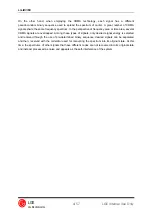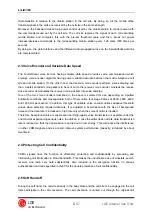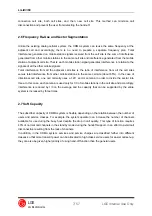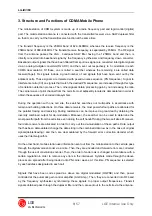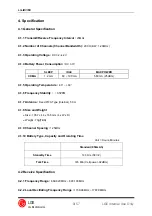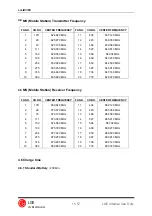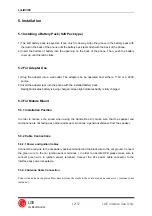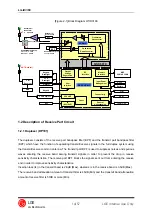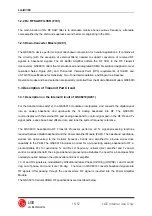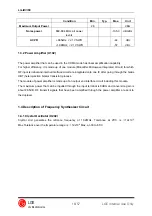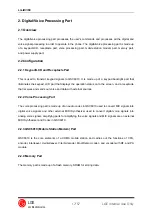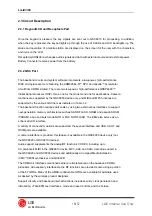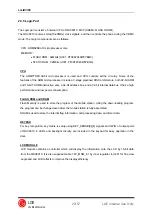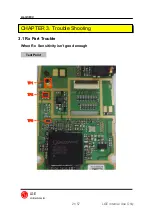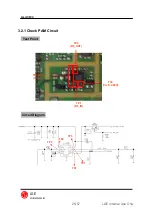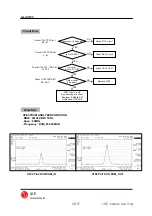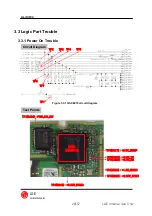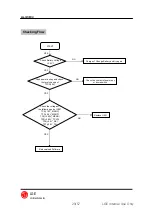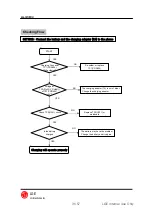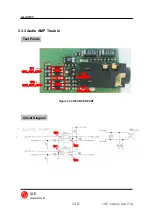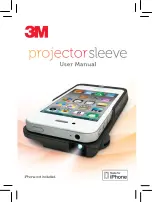
LG-ID3100
LGE
LG Electronics Inc.
2.3 Circuit Description
2.3.1 Keypad/LCD and Receptacle Part
Once the keypad is pressed, the key signals are sent out to QSC6010 for processing. In addition,
when the key is pressed, the keypad lights up through the use of 8 LEDs and LCD backlights up. The
status and operation of a mobile station are displayed on the screen for the user with the characters
and icons on the LCD.
Receptacle(CON404) exchanges audio signals and data with external sources and external power.
Battery Connector receives power from the battery.
2.3.2 QSC Part
The baseband circuits and system software incorporate a low-power, high-performance
RISC microprocessor core featuring the ARM926EJ-S™ CPU and Jazelle™ accelerator
circuit from ARM® Limited. There are two low-power, high-performance QDSP4000™
digital signal processor (DSP) cores, one for the modem and one for applications. Camera
functions are supported by the QSC6030 device only, and MIDI and MP3 functions are
supported by the various QSC tiers as indicated in Table 1-2.
The baseband function reduces part costs by using two external bus interfaces to support
next-generation memory architectures such as NAND FLASH, SRAM and pseudo SRAM
(PSRAM), page and burst mode NOR or MLC NOR FLASH. The EBI2 also serves as an
enhanced LCD interface.
A variety of connectivity options are supported: the keypad interface and USB, UART, and
RUIM ports are available.
A camera interface is provided; this feature is available in the QSC6030 device only (not
the QSC6020 or QSC6010 devices).
Audio support supplements the analog/RF function’s CODEC, including up to
32- polyphonic MIDI in the QSC6010 device, MP3, AAC and AAC+ decoding support in
the QSC6020 and QSC6030 devices and additionally a Compact Media Extension
(CMX™)/MIDI synthesizer, and QCELP®.
The CDMA air interfaces mentioned earlier are implemented on the baseband CDMA
processor. All necessary interfaces to the RF functions are provided, some using a portion
of the 57 GPIOs. Many of the AMSS-configurable GPIOs are available for alternate uses
as desired by the wireless product designers.
Support circuitry and baseband internal functions include security, clock generation and
distribution, JTAG/ETM test interfaces, mode and reset controls, and the Q-fuse.
18/57
LGE Internal Use Only

